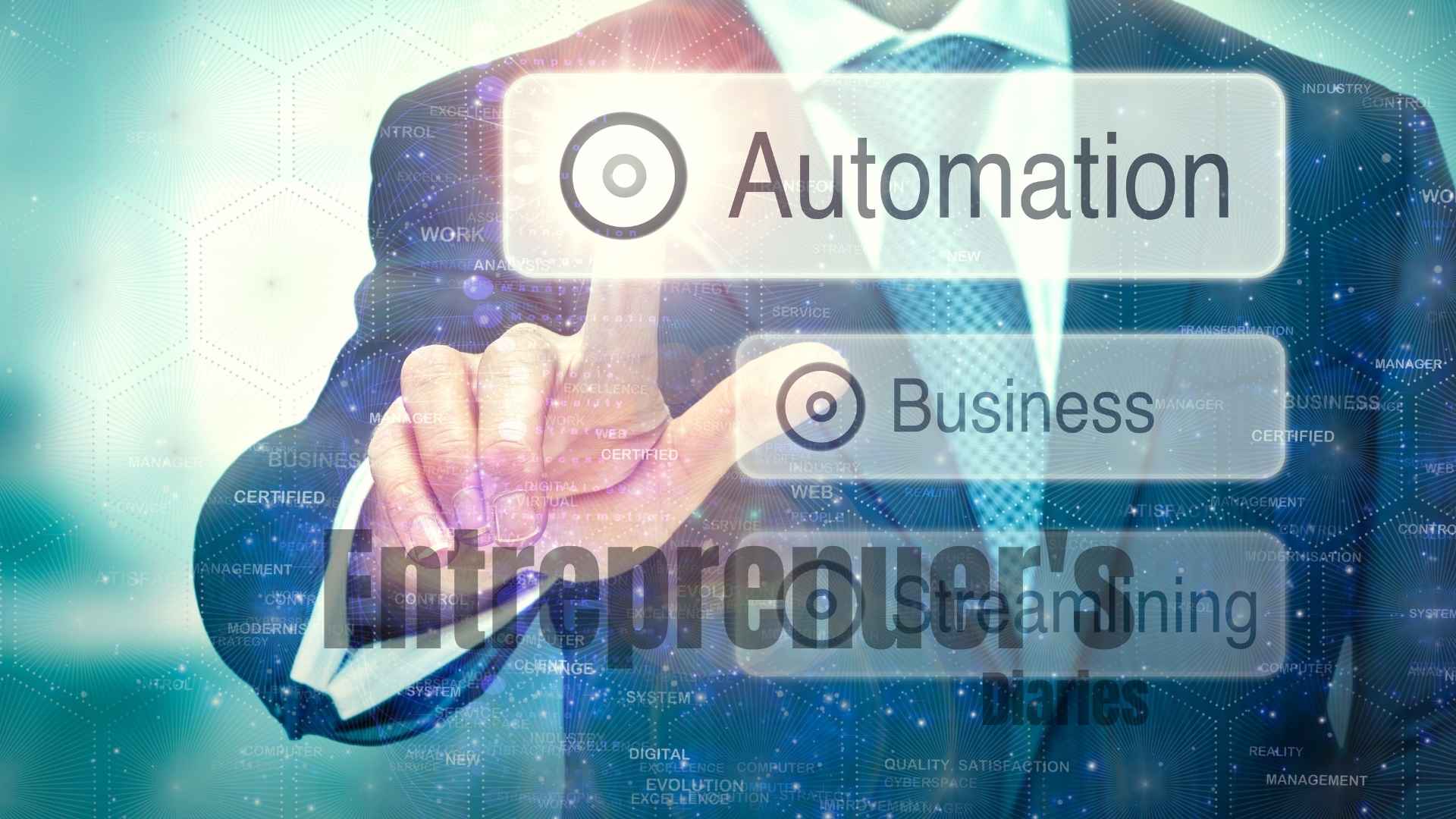Ask any founder who’s actually tried to scale a company, and they’ll tell you: the grind doesn’t get easier. You just get better at figuring out what not to do. In 2025, one of the smartest moves a startup can make is betting on automation. Not because it’s trendy. Because it buys back time, and time is the one thing you never have enough of.
Why Automation Isn’t Optional Anymore
Most startup advice is noise. But here’s something real: growth without automation is like trying to sprint through mud. Startup Grind said it clearly: automation lets startups scale without needing to double their headcount every time they hit a growth spurt. That kind of leverage isn’t optional; it’s survival.
The clearest wins? Mundane, repeatable work. Think invoices, customer emails, expense approvals. These are the things that slowly choke your momentum. Moxo and BizTech Magazine nailed it. Workflow automation cuts manual labor and error rates, and more importantly, keeps your lean team focused on what matters.
A startup using Zoho Expense didn’t just save a few hours. They clawed back over 10 hours per month and slashed expense claim errors by 30 percent. That’s not fluff. That’s payroll they didn’t have to increase and fires they didn’t have to put out.
Start Small or Burn Out Fast
Don’t let some blog post convince you to overhaul your ops in a weekend. You’ll break things. The saner path is incremental: pick one process, one tool, and test it. That’s exactly what Vipul Limbachiya laid out on LinkedIn, and he’s not wrong.
Some founders start with automating email-to-CRM syncing. Others focus on invoice generation or data entry. The key is: don’t try to automate chaos. Clean the system first, then optimize.
Once that first win’s in place, you’ll know where to go next.
DevOps and Infrastructure: Where the Grown-Up Work Starts
Here’s where the kids get separated from the grown-ups. If you’re building something real, something with users, infrastructure, and scale, you can’t avoid Infrastructure as Code (IaC) and CI/CD pipelines.
These aren’t buzzwords. They’re your lifeline. IaC lets you spin up servers the same way you run code: predictably, safely. No more late-night fire drills because someone configured something “just this once.”
CI/CD pipelines are the backbone of shipping fast without breaking things. You get automated testing, deployment, rollback. All boring, all crucial. And no investor will take you seriously if your dev process is still cowboy-style in year two.
Automation Is a Co-Pilot, Not the Driver
Don’t get it twisted. Automation isn’t here to replace people. It’s here to support them. Hand off the repetitive garbage so your team can actually think. But if you try to automate human judgment or customer relationships, you’re going to lose trust, fast.
Noloco said it straight: monitor your automations like any other system. Drift happens. Tools break. ROI fades if you’re not paying attention. And when it comes to customer touchpoints, keep a human in the loop. Always.
Tools That Pull Their Weight
Good tools don’t just work. They scale. Robotic Process Automation (RPA) can feel like magic when it’s moving data between apps you never want to open again. Autonomi’s case studies show it in action: order processing, inventory syncing, customer inquiries. All humming in the background while the team focuses on strategy.
And yes, these tools cost money. But so does burnout. So does hiring three extra ops people because your systems can’t keep up.
Don’t Automate for the Sake of It
That said, not every startup needs a CI/CD pipeline on day one. Or full-blown automated testing suites. If your play is to build, sell, and exit fast, over-engineering will just slow you down.
Developers on Reddit pointed this out: mature testing is great for long-haul startups. Not for speedboat projects. Same goes for AI code assistants. They’re cool for prototyping, but once the product gets complex, shortcuts won’t cut it. Even GitHub CEO Thomas Dohmke warned about “vibe coding” at VivaTech 2025. It’ll get you to demo day. But not to Series A.
A Roadmap That Actually Works
Forget the perfect plan. Start with this one:
Phase 1: Find your worst bottleneck. Pilot one tool. See what breaks.
Phase 2: Layer in automation for finance and internal ops. Invoicing, reimbursements, simple approvals.
Phase 3: Build out your CI/CD and IaC stack. This is your growth engine.
Phase 4: Keep tuning. Review metrics. And always have a human in the loop where it counts.
The Unsexy Secret to Scaling
Most founders waste years trying to move faster by doing more. Real leverage comes from doing less of the stuff that doesn’t scale. Automation won’t fix your product. It won’t save you from bad strategy. But it will give you a shot at playing the long game without burning out your team.
So yeah, automation isn’t the future. It’s the tool that lets you actually reach it.
Connect With Us On Social Media [ Facebook | Instagram | Twitter | LinkedIn ] To Get Real-Time Updates On The Market. Entrepreneurs Diaries Is Now Available On Telegram. Join Our Telegram Channel To Get Instant Updates.
Luca is a tech ethicist from Italy exploring disruptive innovation through a human lens—from AI to biotechnologies to decentralization.






